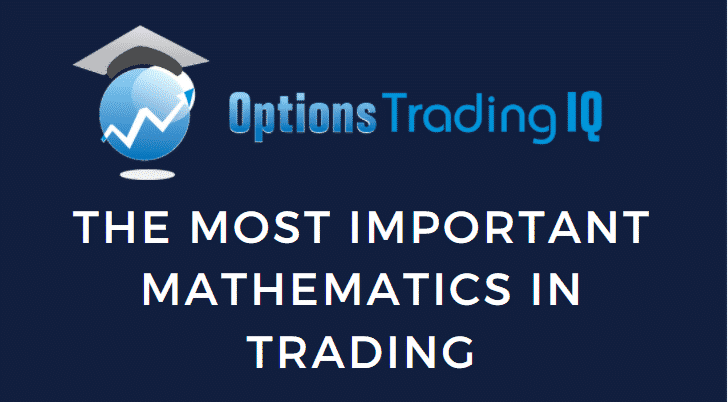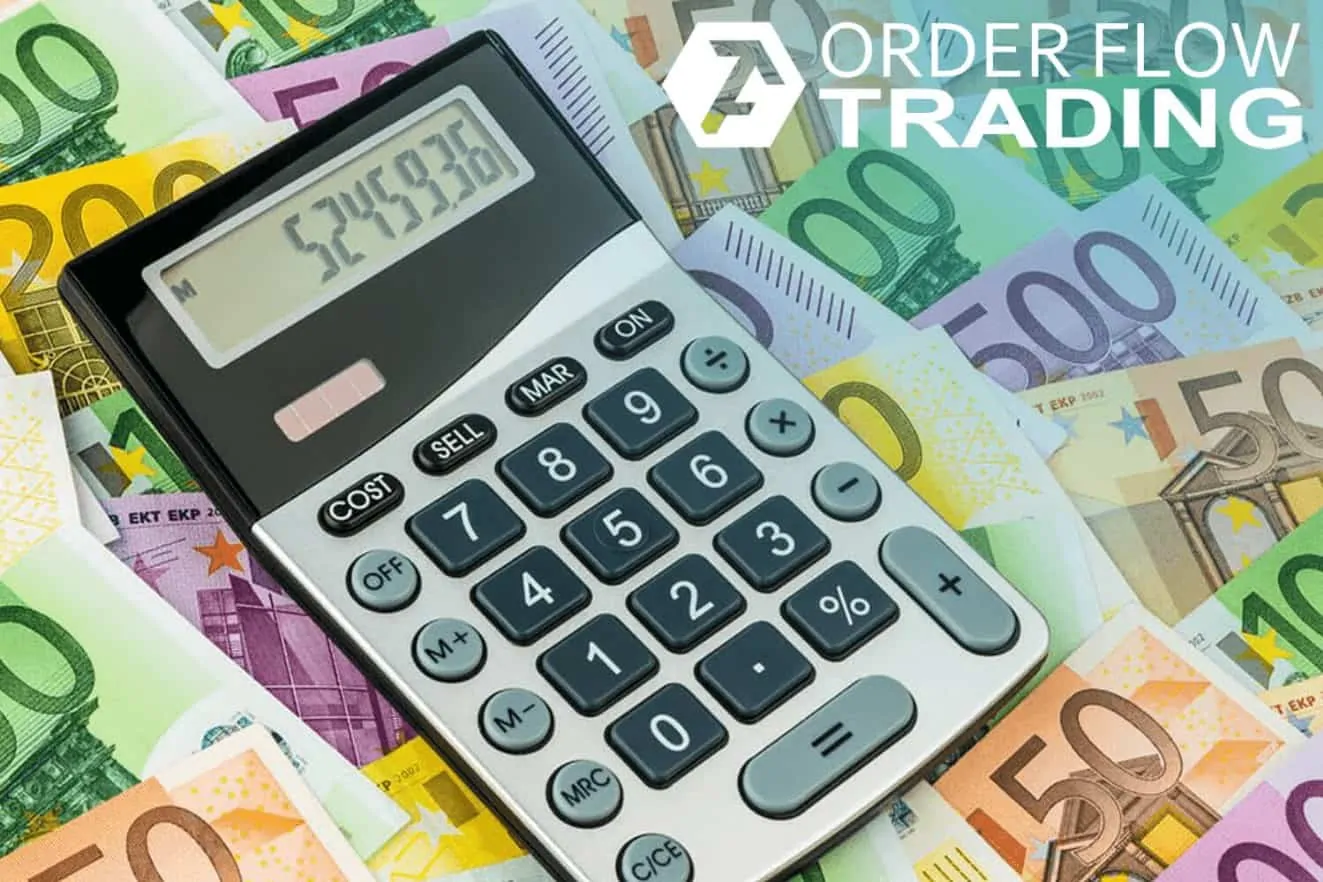In the realm of finance, options trading has captivated investors’ attention due to its potential for exponential profits and calculated risk-taking. However, beneath the allure of these financial instruments lies a complex world of mathematical concepts and calculations. To unravel this enigma, we embark on a journey to explore the mathematics of options trading—a fascinating blend of probability, statistics, and financial modeling.

Image: optionstradingiq.com
The Fundamentals: Probability and Risk Quantification
At the heart of options trading lies the concept of probability. Options derive their value from the underlying asset’s potential price fluctuations, making probability a crucial tool in assessing risk and potential rewards. By employing probability distributions, traders can estimate the likelihood of various price movements and strategize their trades accordingly.
Through statistical analysis, traders harness historical data and market trends to quantify risk. This involves calculating parameters like volatility, which measures the dispersion of asset prices, and correlation, which gauges the interdependence between different assets. These metrics empower traders to make informed decisions, balancing potential profits against the risks involved.
Black-Scholes: Unveiling the Option Premium
Options possess an intrinsic value, which represents the potential profit an investor could make if they exercise the option immediately. However, the price at which options are traded often deviates from this intrinsic value due to market conditions and other factors.
The Black-Scholes model, a mathematical formula developed by Fischer Black and Myron Scholes in 1973, unravels the determinants of option premiums. This formula incorporates variables such as the underlying asset price, strike price, time to maturity, risk-free interest rate, and volatility to calculate the fair value of an option.
Greeks: Sensitivity and Risk Management
To effectively manage risk and optimize returns, traders employ a set of metrics known as Greeks. These Greeks measure the sensitivity of an option’s price to changes in various underlying factors, including the asset price, time to maturity, and interest rates.
Delta, gamma, theta, vega, and rho are the most commonly used Greeks, each providing valuable insights into the option’s behavior under different market scenarios. These metrics equip traders with the information necessary to adjust their strategies and mitigate potential losses.

Image: atas.net
Monte Carlo Simulations: Nailing Market Uncertainty
In the face of market uncertainty, Monte Carlo simulations emerge as a powerful tool for options traders. These simulations employ random sampling techniques to generate numerous possible price paths for the underlying asset over the option’s lifetime.
By simulating thousands or even millions of scenarios, traders can assess the likelihood of different outcomes and gauge the potential range of profit or loss. This methodology provides a robust framework for evaluating complex options strategies and making informed trading decisions.
Mathematics Of Options Trading
https://youtube.com/watch?v=d_46JHgsFS4
Conclusion
The mathematics of options trading unveils a captivating interplay of probability, statistics, and financial modeling. By comprehending these concepts, traders can unravel the complexities of options, quantify risk, and optimize their strategies. From the intricacies of the Black-Scholes model to the insights gleaned from Greeks and Monte Carlo simulations, the mathematical underpinnings of options trading empower investors to navigate the financial markets with greater confidence and precision. As the adage goes, “knowledge is power,” and in the arena of options trading, the mathematics provides the necessary keys to unlock this power.






